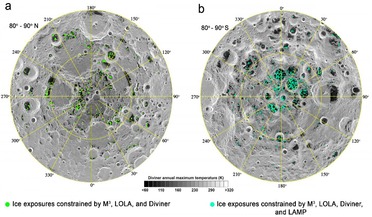 22 August 2018
Definitive evidence of water ice on the Moon's surface
22 August 2018
Definitive evidence of water ice on the Moon's surface
... has been made by data acquired by the Moon Mineralogy Mapper (M3) onboard India's Chandrayaan-1 mission launched in 2008. In the past, both the Chandrayaan-1 spacecraft and NASA’s Lunar Reconnaissance Orbiter (LRO) detected signatures that were...
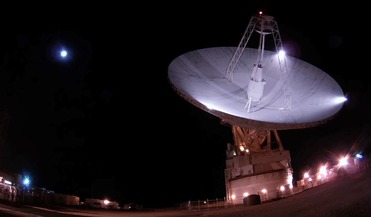 10 March 2017
New interplanetary radar technique spots "lost" lunar spacecraft
10 March 2017
New interplanetary radar technique spots "lost" lunar spacecraft
... spot both NASA's Lunar Reconnaissance Orbiter [LRO] and the “lost” Indian Space Research Organisation's Chandrayaan-1 spacecraft. Pioneered by scientists at NASA's Jet Propulsion Laboratory in Pasadena, California, the technique involves sending...
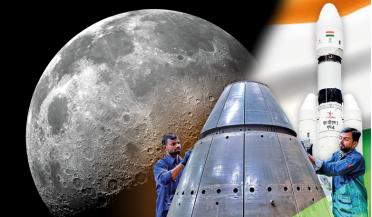 September 2023
India signs up to the Artemis Accords
September 2023
India signs up to the Artemis Accords
... it happen now? India’s signing of the Artemis Accords came only days ahead of the launch of the nation’s Chandrayaan-3 spacecraft with an orbiter, lander and a rover, which arrived at the Moon in late August and, if the mission is successful...
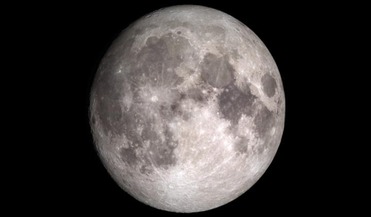 26 February 2018
More water on the Moon than previously thought
26 February 2018
More water on the Moon than previously thought
... it was hidden away in permanently shaded craters near the poles. However, data gathered from both India's Chandrayaan-1 spacecraft and NASA’s Lunar Reconnaissance Orbiter (LRO), detected signatures interpreted as water in sunlight reflected from the...
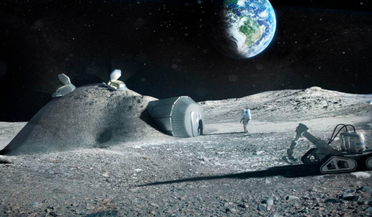 26 October 2020
Scientists detect molecular water and cold ‘water traps’ on the Moon
26 October 2020
Scientists detect molecular water and cold ‘water traps’ on the Moon
...used to make rocket fuel and it is too expensive to transport water from Earth. So, when both India's Chandrayaan-1 spacecraft and NASA’s Lunar Reconnaissance Orbiter (LRO), detected signatures interpreted as water in sunlight reflected from the Moon...